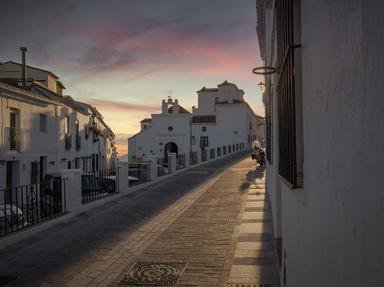Quiz Answer Key and Fun Facts
1. On which river does the city of Toledo lie?
2. Toledo steel became known to the Roman armies after battling which Carthaginian general (famous for using elephants) in the Punic Wars?
3. The skyline of Toledo is dominated by two buildings, one is a cathedral. What is the other?
4. Toledo is notable for the co-existence of three cultures. Which is NOT one of them?
5. Toledo has a much larger sister city of the same name in the USA. In which state is it located?
6. Toledo is situated high above the river which surrounds it on three sides. How do most tourists make their way to the heart of Toledo at the top?
7. Toledo is located in which part of Spain?
8. According to legend the nuns of Toledo ground up almonds to make which delectable sweet to survive the famine caused by marauding Arabs in the 16th century?
9. Which of the following best describes Toledo's climate?
10. What is the museum in Toledo that is dedicated to a painter from the 16th and 17th centuries?
Source: Author
stredman
This quiz was reviewed by FunTrivia editor
spanishliz before going online.
Any errors found in FunTrivia content are routinely corrected through our feedback system.
